Do you know the packaging logistics and transportation methods and advantages?
Product
Packaging is a general term for containers, materials and auxiliary materials used in accordance with certain technical methods to protect products, facilitate storage and transportation, and promote sales during transportation. The main functions of packaging are as follows:
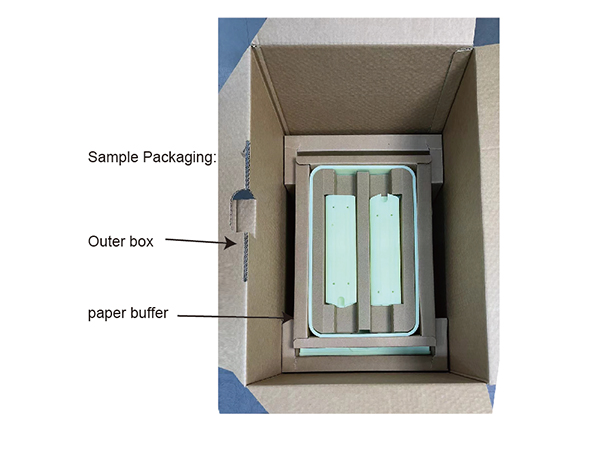
2. mprove the operational efficiency of goods in the logistics process Packaging product collections in logistics operations directly affects the loading and unloading of vehicles, the receipt and delivery of goods in warehouses, and the volume utilization rate of moving to vehicles and warehouses.
1. Prevent the goods from being damaged during transportation
For example: damage caused by the physical environment such as vibration, impact, puncture and extrusion, as well as the collapse and subversion of shelves, stacking or transportation means; damage to the natural environment such as radiation.
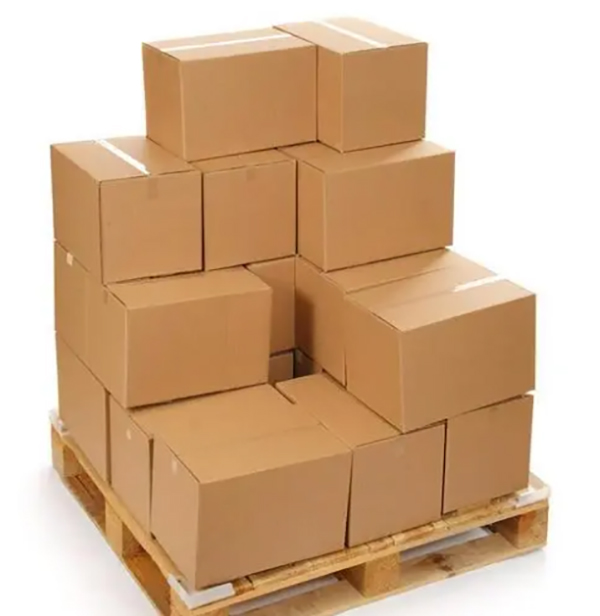
3. To transmit information
Packaged products must have information such as product identification, manufacturer, product name, internal quantity, date and identification code, which are extremely important when receiving, selecting and confirming the waybill.
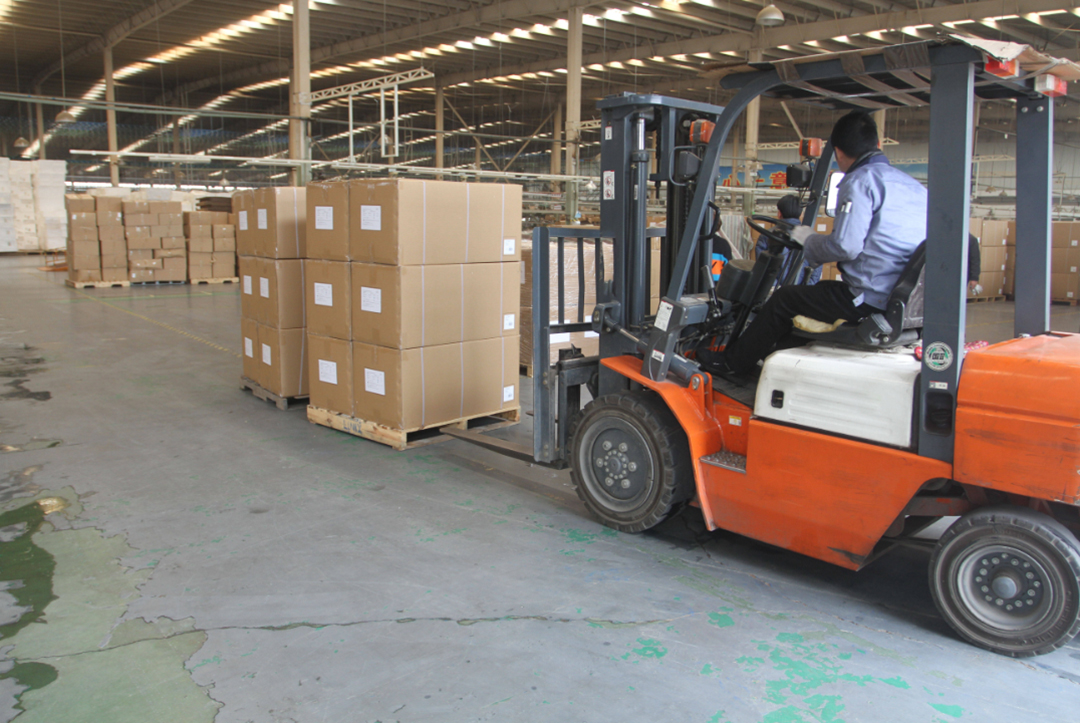
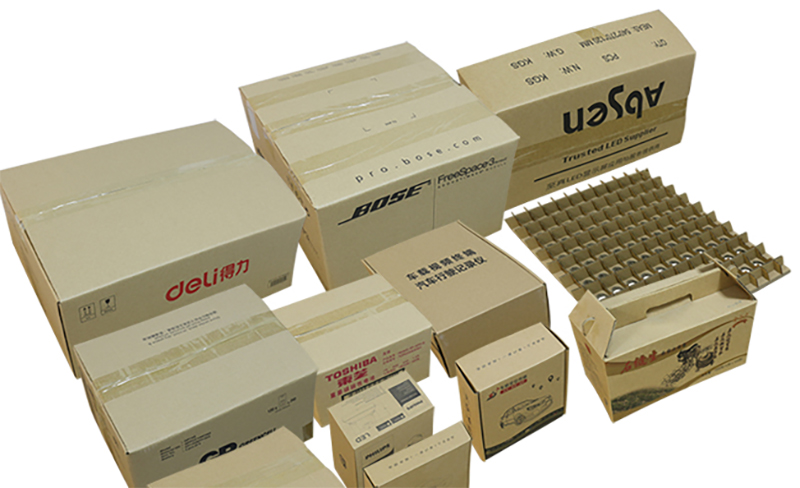
4. Promote sales
The design of the shape, material, color printing and window opening of the outer packaging of the product makes the packaging have the function of beautifying, promoting the product and promoting sales.
To sum up, a major task of packaging is to provide protection during product transportation. So, what are the logistics and transportation methods?
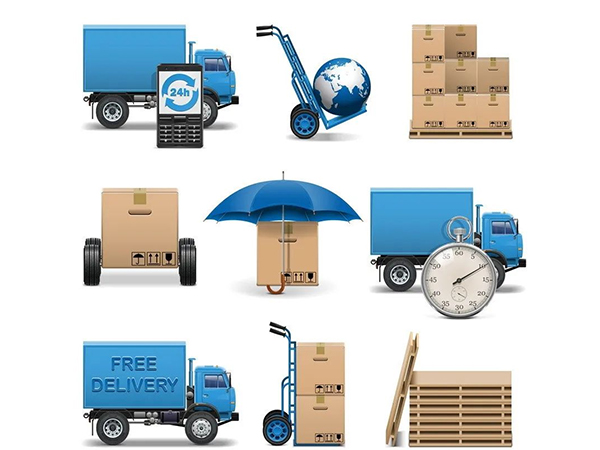
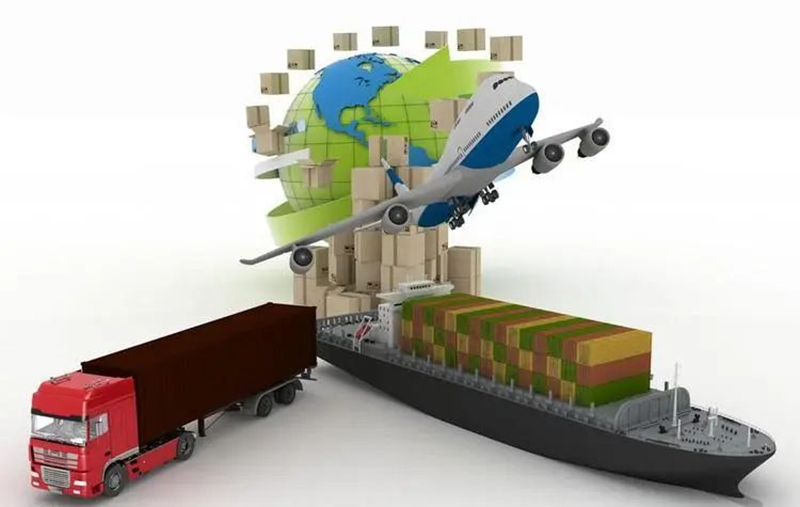
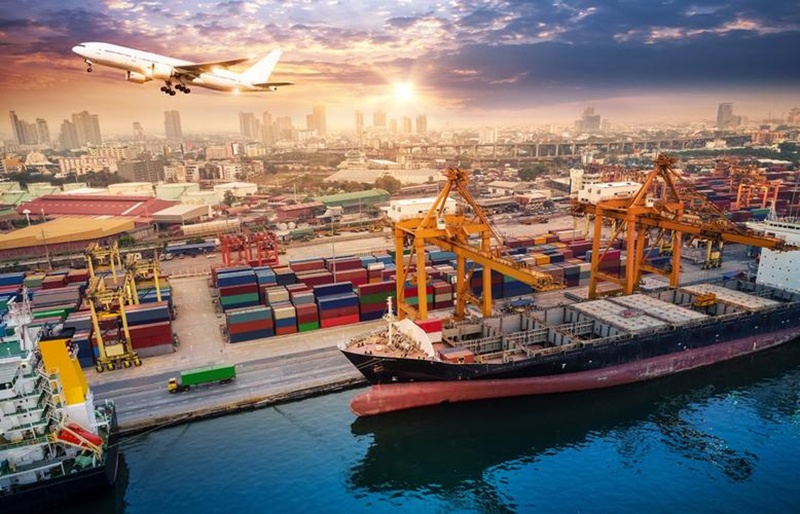
The mode of logistics transportation is the means, method and type by which the transportation of passengers and goods is completed. According to the different means of transportation, it can be divided into various modes. Different modes of transportation are suitable for different goods. Common modes include ocean transportation, railway transportation, air transportation, road transportation, pipeline transportation, container transportation, and international multimodal transportation.
1. Road transport.
A way of transporting goods and passengers on the road mainly using cars, but also using other vehicles (such as people, animal-drawn vehicles). Road transportation mainly undertakes short-distance, small-volume freight and water transportation, long-distance, large-volume freight and short-distance transportation where the advantages of railway and water transportation are difficult to reach.
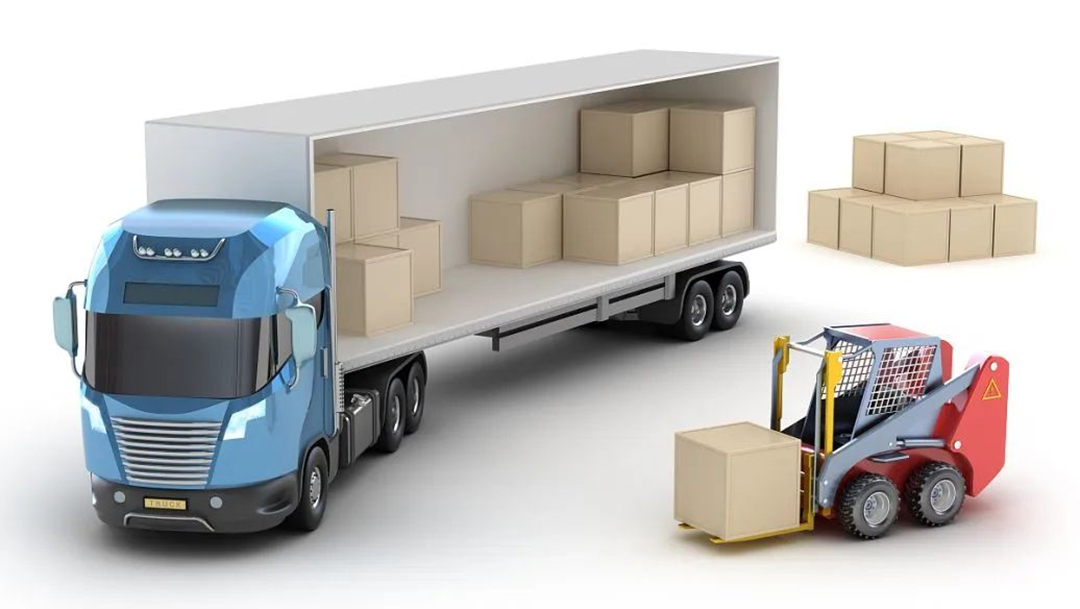
At present, the total number of motor vehicles in the world has reached more than 400 million. In the modern transportation network in the world, highway lines account for 2/3, about 20 million kilometers, and the freight volume completed by road transportation accounts for 80% of the total freight volume. About 10% of the turnover of goods. In some industrially developed countries, the freight volume and turnover of road transportation are among the best in various transportation modes, and road transportation has become an indispensable and important part.
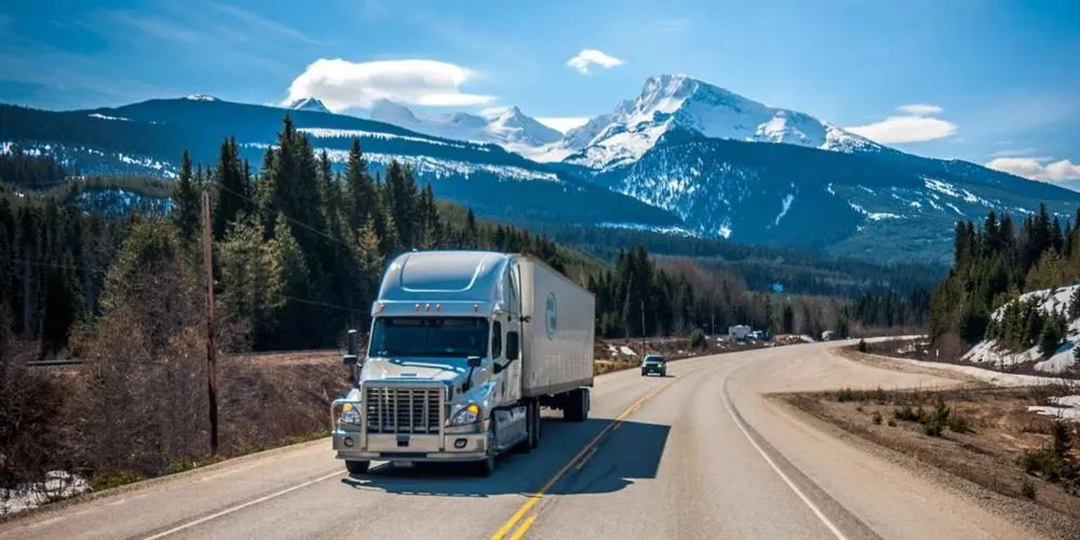
The main advantages of road transport are strong flexibility, short road construction period, low investment, easy to adapt to local conditions, the receiving station facilities are not high requirements. "Door to door" transport can be adopted, i.e. from the shipper's door to the receiver's door, without transshipment or repeated handling. Road transport can also be used as a means of connection with other modes of transport. The economic radius of road transportation is generally within 200 kilometers. But road transport also has certain limitations: small load, not suitable for loading heavy, large goods, not suitable for long-distance transport; The vibration of the vehicle in operation is large, which is easy to cause the accident of goods damage and goods difference. At the same time, the transport cost is higher than that of water transport and railway.
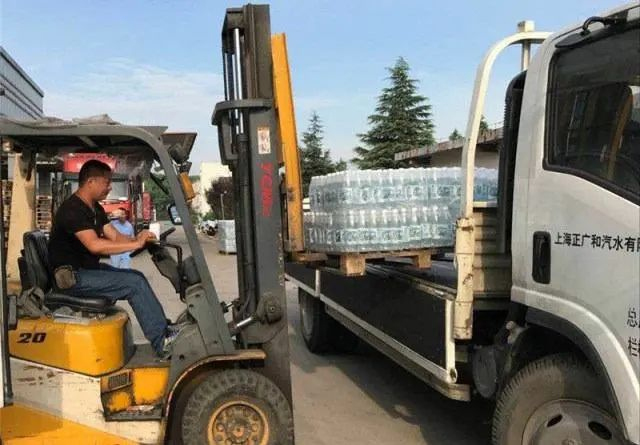
2. Transportation by rail.
The use of railway trains to carry passengers and goods. Railway transport mainly undertakes long distance and large quantity of freight, which is the main form of transport in trunk transport. A railway transport system consists of many elements, and they complement each other. Without proper systems, trains will not run smoothly. In areas where water is not available, almost all bulk shipments are by rail.
Advantages are fast speed, not limited by natural conditions, large load volume, transport costs are low. The main disadvantage is poor flexibility, can only achieve transportation on the fixed line, need to cooperate with other means of transportation and connection. With the advent of the Internet of Things era, railway transportation has ushered in new development opportunities. The application of Internet of Things technology in railway transportation in our country can collect the data of locomotive and vehicle running status, such as locomotive number, car number, status, position, whereabouts and arrival time, and trace the information of locomotive and vehicle and goods in real time. The economic mileage of railway transportation is generally more than 200 kilometers.
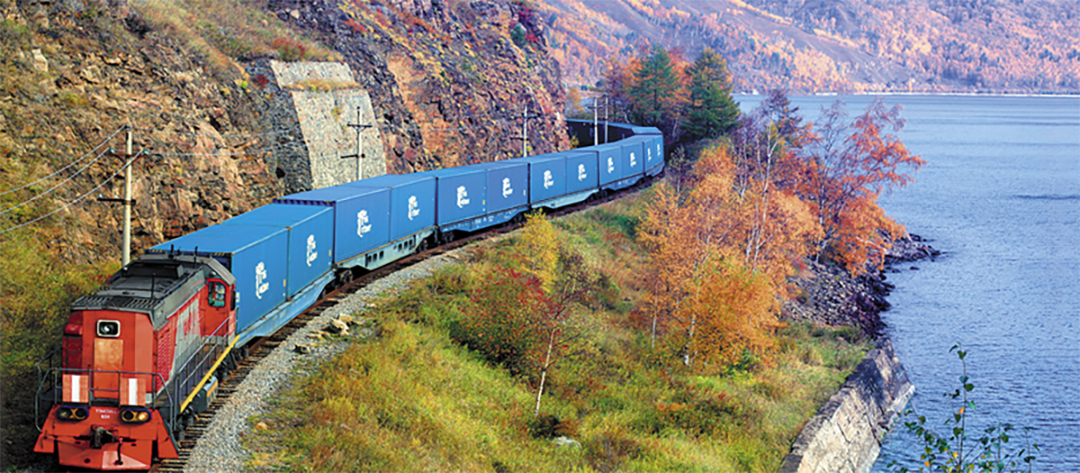
3. Water transportation.
Waterway transportation is the main form of transportation in trunk transportation, which mainly involves large quantity and long distance logistics transportation. In inland and coastal areas, water transport is often used as a small means of transport to complement and connect the bulk trunk transport tasks. Water transport is an important part of the comprehensive transportation system in China, after years of development, our country has become the world's most influential water power, data show that in 2020 China's port cargo throughput of 14.55 billion tons, the port container throughput of 260 million teu, port cargo throughput and container throughput is the first in the world.
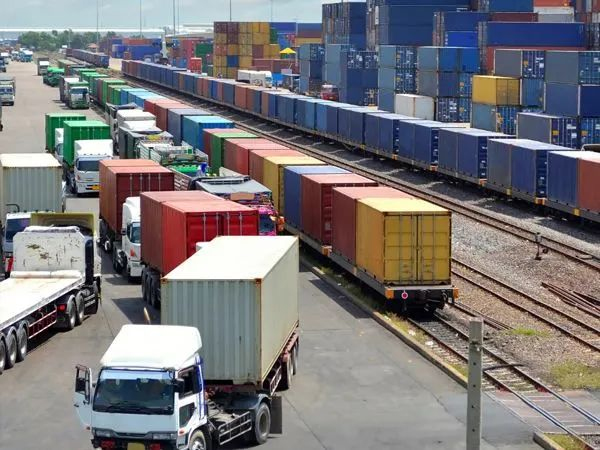
The main advantage of water transport is low cost, can carry out low cost, large volume, long distance transport. Water transport and other modes of transport to compare, its characteristics are very distinctive, known as environmental protection shipping. Water transport will play a bigger role in major decision-making processes such as carbon peaking and carbon neutrality. But water transport also has obvious disadvantages, mainly the slow transport speed, by port, water level, season, climate, so that the suspension of transport for a long time in the year.
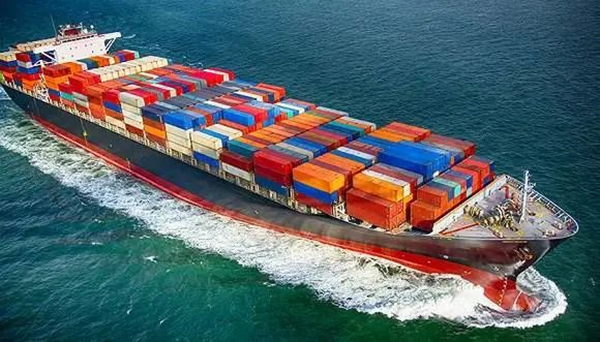
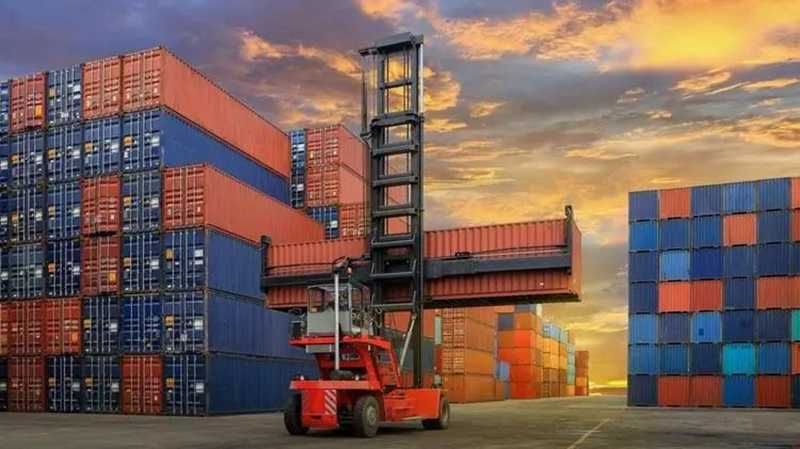
There are four forms of water transport:
(1) Coastal transport. It is a way of using ships to transport passengers and goods through coastal waterways near the mainland. Generally, medium and small ships are used.
(2) Offshore transport. It is a form of transport in which ships are used to transport passengers and goods through the sea lanes of neighboring countries on the mainland. Depending on the range, medium or small ships can be used.
(3) Ocean transportation. Is the use of ships across the ocean long-distance transport form, mainly relying on the volume of large ships.
(4) Inland river transport. It is a way of transportation by using ships in the waterways of rivers, rivers, lakes and rivers within the land, mainly using medium and small ships.
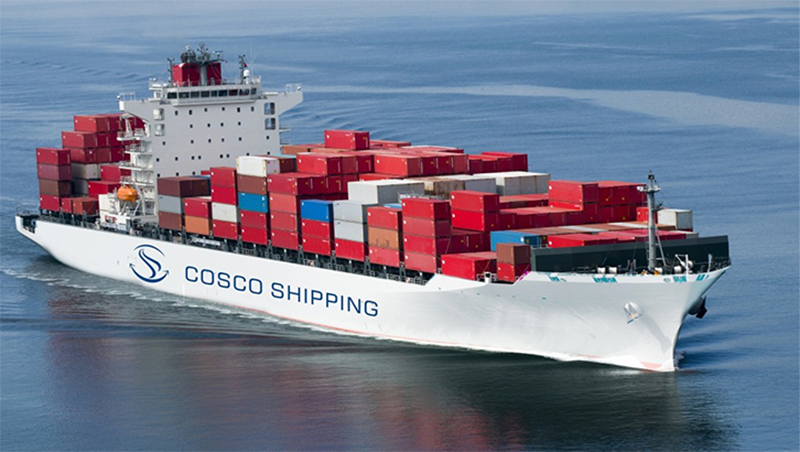
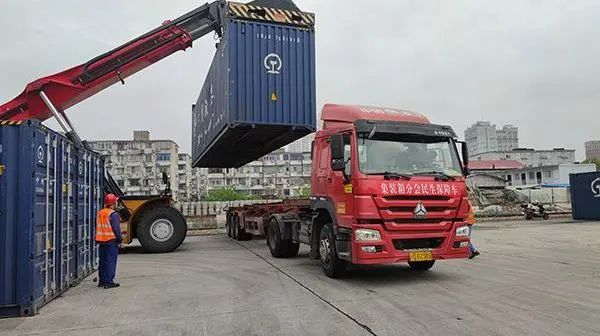
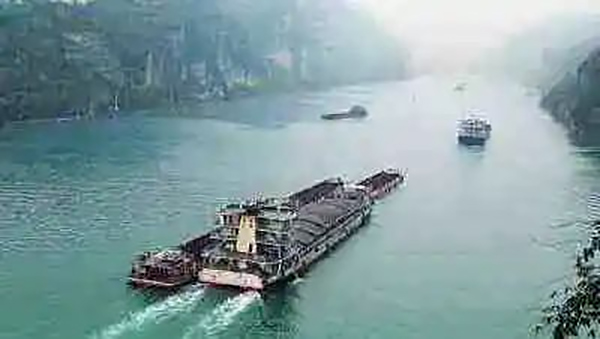
4. Air transport.
A form of transport by aircraft or other aircraft. The unit cost of air transport is very high. Therefore, there are two types of goods mainly suitable for carrying. One is the goods with high value and strong freight bearing capacity, such as the parts of valuable equipment and high-grade products. The other is the materials that are urgently needed, such as disaster relief and rescue materials.
The main advantage of air transport is that it is fast and not limited by terrain. It is of great significance because it can also rely on air transportation in areas that cannot be reached by train or bus.
5. International multimodal transport
Multimodal transport for short, is produced and developed on the basis of container transport. It refers to the transport of goods in at least two different modes of transport by the multimodal transport operator from the take-over place in one country to the designated delivery place in another country in accordance with the multimodal transport contract. International multimodal transport is suitable for water, road, rail and air transport. In the international trade, since 85% ~ 90% of the goods are completed by sea, sea transport occupies a dominant position in the international multimodal transport.
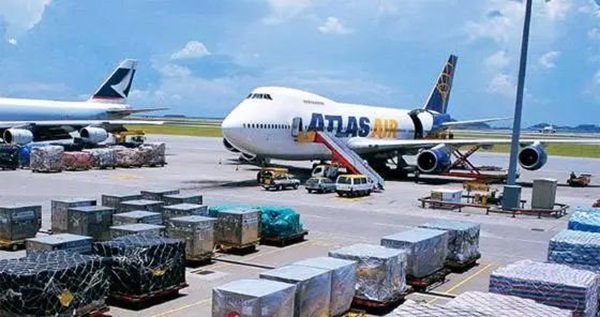
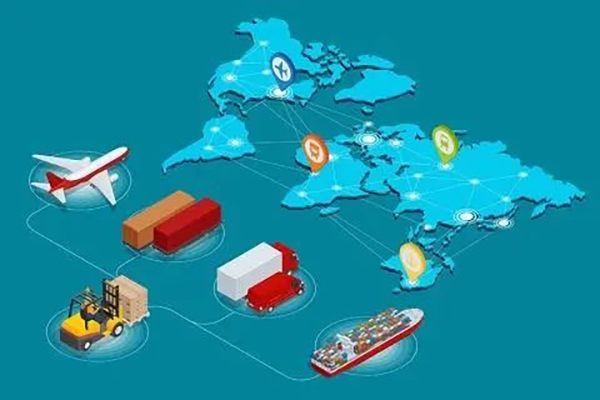
The transportation process completed jointly by two kinds of transportation means shall be collectively referred to as compound transportation, which is commonly referred to as multimodal transportation in our country. A flight from Shanghai to JOHANNESBURG, South Africa, for example, will travel by sea -- from Shanghai to DURBAN and then by land -- from Durban to Johannesburg. This is already multimodal. But the multimodal transport in the sense of international trade, not only should have such a premise, but also should have the "multimodal bill of lading" -- that is, the "multimodal transport" contract.
Despite this fact, what we usually do is to get the ocean bill of lading instead of the "multimodal bill of lading". Therefore, although there is multimodal transport, it does not fit the definition of "multimodal transport".
Advantages are:
1. Unified responsibility and simple procedures;
2. Save costs and reduce transportation costs;
3. Reduce the intermediate links, shorten the time and improve the transportation quality;
4. Improved transportation organization and more reasonable transportation;
5, can achieve door-to-door transportation;
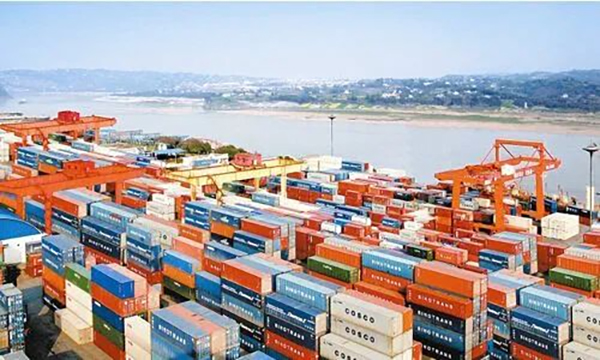
According to the mode of transportation, the selection of transportation packaging containers mainly follows the following principles: Firstly, it needs to meet the corresponding national and international standards; secondly, it needs to take into account that the packaging containers used should not cause harm to individuals and the public, and have adequate physical protection for the products and temperature protection during the whole transportation process. It should also ensure that the shipment of goods in the whole logistics process is not malicious transshipment.
Post time: Nov-16-2022




